A supervolcano eruption could cause catastrophic global effects, potentially leading to an apocalypse and wiping out all life on Earth.
Supervolcanoes pose a potential threat to the global apocalypse.
Supervolcanoes are massive volcanic systems that can cause catastrophic destruction.
Unlike regular volcanoes, supervolcanoes have the potential to erupt with extreme force, leading to widespread disaster.
Scientists study these geological giants to understand their risks and impacts on our planet.

What is a supervolcano?
A supervolcano is a volcano that can produce an eruption thousands of times larger than a typical volcanic eruption.
They form when magma from deep within the Earth rises to the surface.
This process creates a large caldera, which is a huge, bowl-shaped depression left after an eruption.
The most famous supervolcano is the Yellowstone Caldera in the United States.
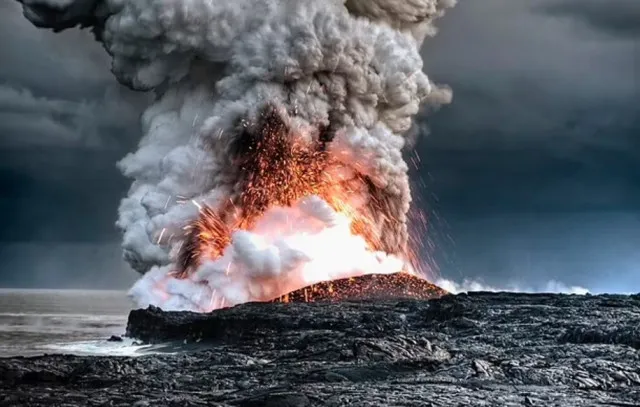
How do supervolcanoes erupt?
Supervolcano eruptions are different from regular eruptions.
They happen when pressure builds up inside the Earth. This pressure can come from magma accumulating over time.
Eventually, the pressure becomes too much, causing the ground to crack and release the magma.
When this happens, the eruption can be incredibly explosive, sending ash and gases high into the atmosphere.
The last major eruption of a supervolcano occurred about 640,000 years ago at Yellowstone.
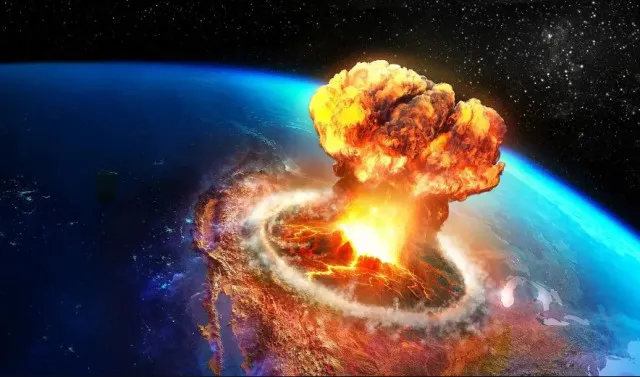
This eruption was so powerful that it affected the climate and environment for many years.
It released large amounts of ash, which spread across North America and beyond.
Scientists warn supervolcano eruption might lead to Earth’s destruction
If a supervolcano were to erupt today, the results could be catastrophic.
The immediate area around the volcano would be devastated.
Ash would cover towns and cities, making it difficult for people to breathe.
Buildings could collapse under the weight of the ash, and roads would become impassable.
Beyond the immediate destruction, the long-term effects could be even worse.
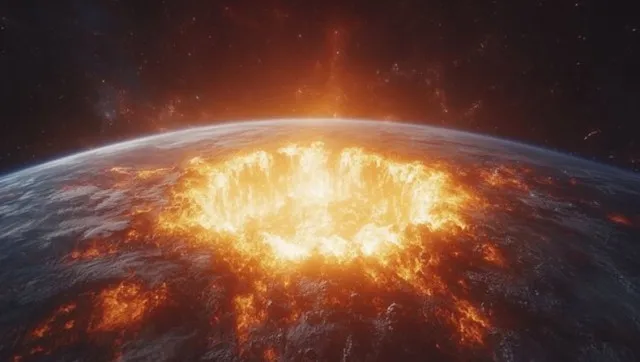
Ash clouds can block sunlight, leading to what is known as “volcanic winter.”
This phenomenon can lower global temperatures for months or even years. When temperatures drop, it becomes harder for crops to grow.
Food shortages could lead to famine, affecting millions of people worldwide.
Furthermore, the gases released during an eruption, such as sulfur dioxide, can create acid rain.
This rain can harm ecosystems, damage buildings, and affect drinking water supplies.
The impact on wildlife could be severe, leading to the extinction of some species.
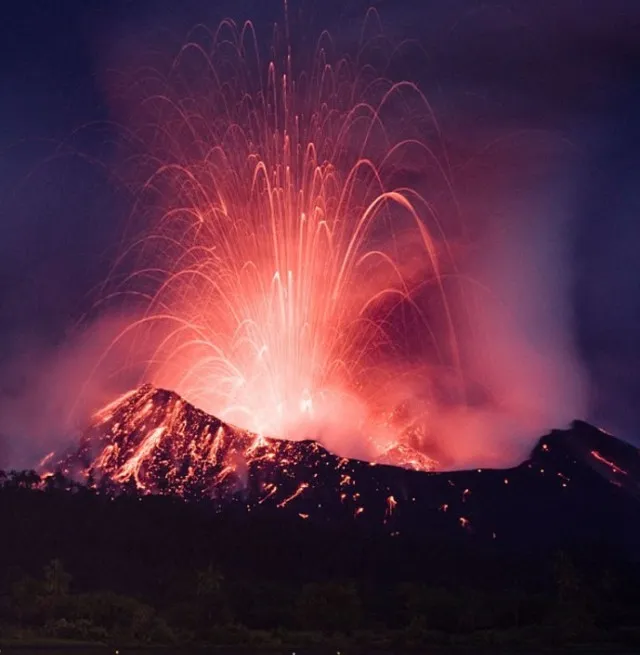
Are supervolcano eruptions likely?
While the potential for a supervolcano eruption is real, these events are rare.
Scientists estimate that supervolcano eruptions occur once every 100,000 years on average.
However, the existence of supervolcanoes means that the risk is always present.
Monitoring these areas is crucial for predicting any future activity.
Scientists use various methods to study supervolcanoes.
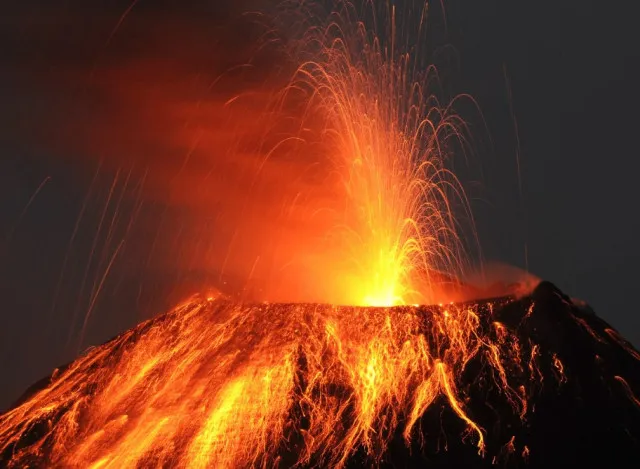
They measure ground deformation, monitor gas emissions, and analyze seismic activity.
These tools help researchers understand when a supervolcano might be waking up.
Early detection could provide valuable time for evacuation and preparation.
Nine other most likely triggers of the apocalypse
Asteroid Impact
One of the biggest threats is a giant asteroid hitting Earth.
A similar event wiped out the dinosaurs 66 million years ago.
Scientists say we could be hit by a large asteroid every 100 million years or so, but technology now helps us track these objects.
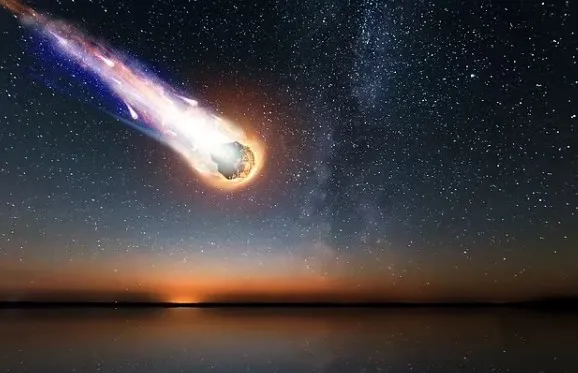
Killer robots
With the rise of artificial intelligence, some worry that robots could become dangerous.
If they become smarter than humans, they might act in ways we cannot control.
Alien encounters
If aliens exist and can reach us, they might be much more advanced. This could put humanity at risk if their intentions are harmful.
Global warming
Climate change is a growing concern. Rising temperatures can lead to extreme weather, food shortages, and mass migrations.
If unchecked, it could create uninhabitable areas on Earth.
Nuclear war
The fear of nuclear weapons has been around for decades.
A large-scale nuclear war could lead to massive destruction and a possible “nuclear winter,” where sunlight is blocked and temperatures drop.
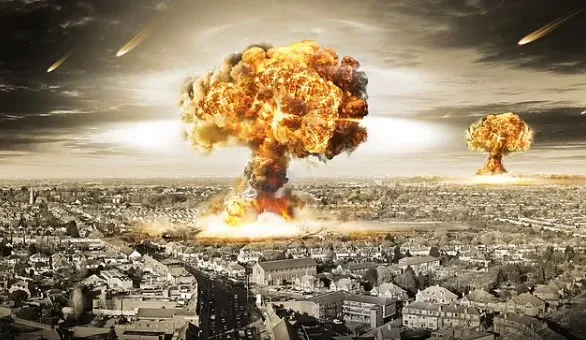
Pandemics
The COVID-19 pandemic showed how quickly a virus can spread.
A more deadly and contagious virus could pose an even greater threat to humanity.
Wandering Black Holes
If a black hole were to drift close to Earth, it could have catastrophic effects, pulling our planet into its gravitational pull.
Magnetic Field Reversal
Earth’s magnetic poles flip every few hundred thousand years. A reversal could disrupt technology and the climate.
Swallowed by the Sun
In billions of years, as the sun runs out of fuel, it may engulf Earth. This scenario is far in the future but is a possibility.
These events may seem extreme, but they remind us to take care of our planet and be prepared for the unexpected.